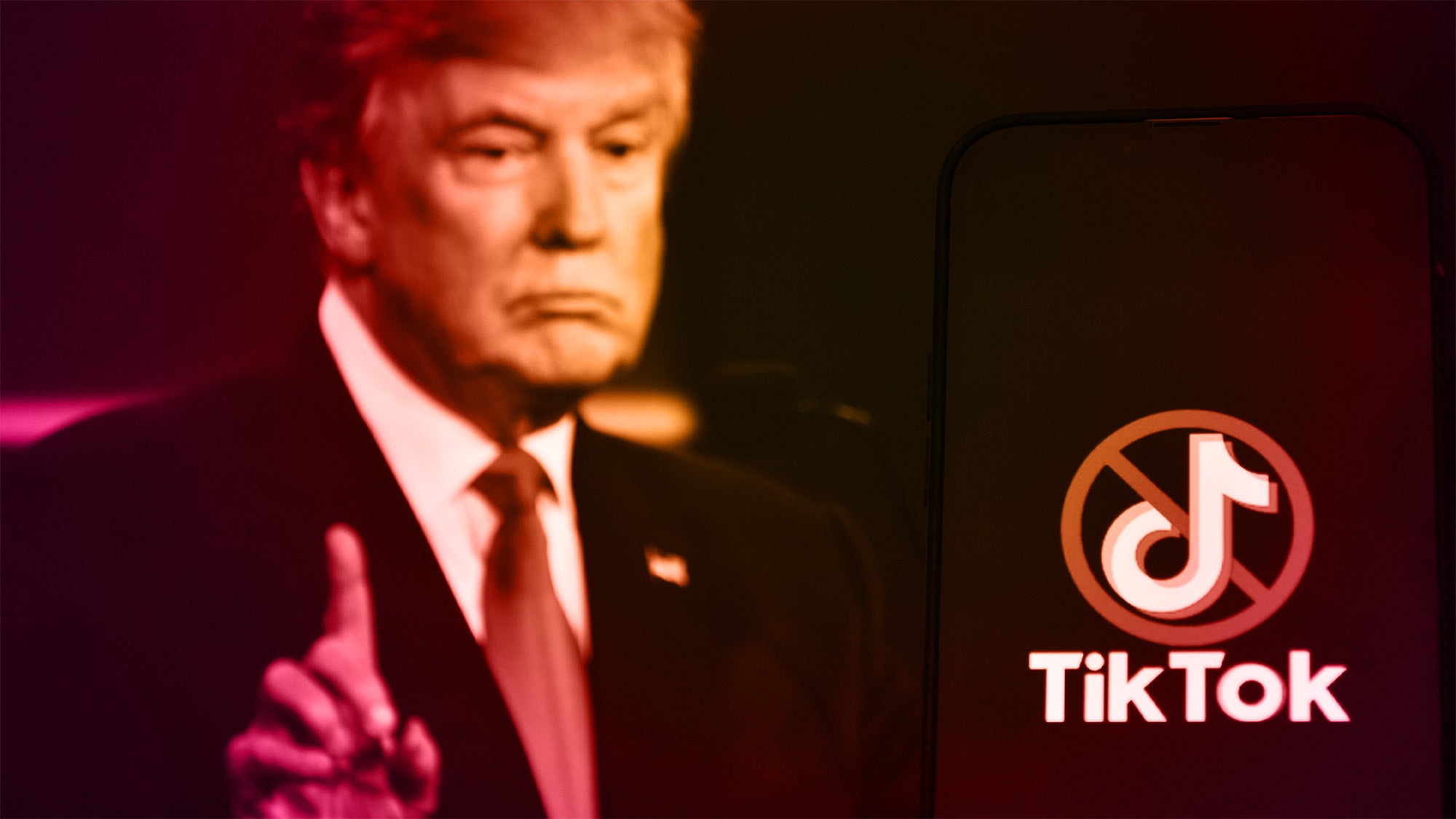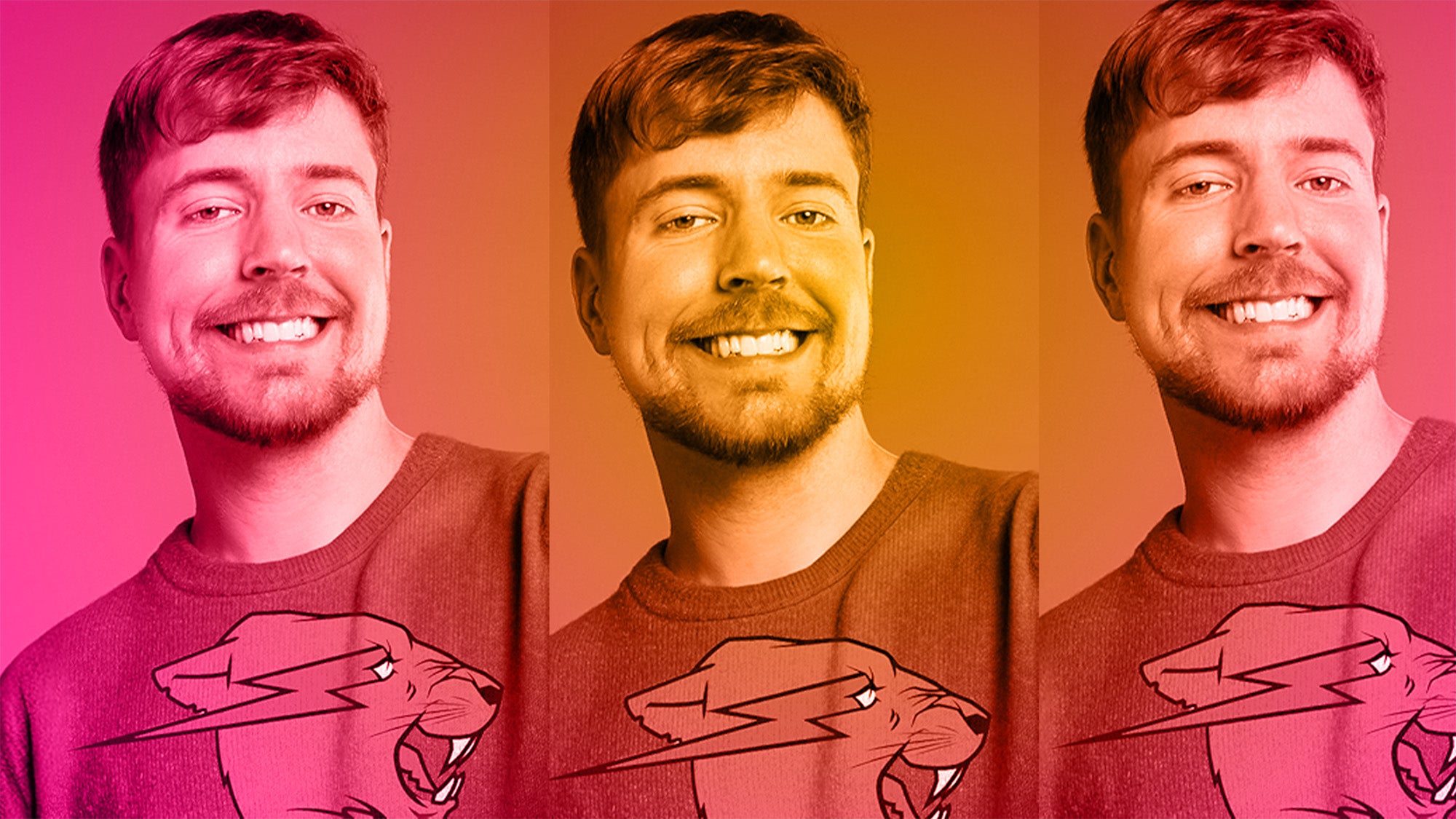
It can often feel hard to scroll through any social media platform without feeling like an influencer on your feed is trying to share a product, brand, or even service they say is a complete life-changer. Influencer marketing became a 16.4 billion dollar industry in 2022 and is a strategy that most brands, from household names to small local shops, have tapped into year after year.
As we approach a new year it can feel like there are unknowns when it comes to inflation, the economy, and even marketing budgets brands are working with to reach their consumers. But one thing that won’t disappear is influencers’ ability to convince audiences to smash that “buy now” button—while at the same time generating a hefty income for themselves.
If you’re wondering what the next big influencer trends are in 2023, and how to get started using them before they blow up, here are the top ones to pay attention to as we head into a new year.
Five influencer trends to jump on before they blow up in 2023
Live Shopping is here to stay
In 2022, we saw the power of short-form videos gain even more popularity with influencers as they leaned into using Instagram reels, TikTok, and YouTube Shorts to showcase products they were being paid to promote.
But perhaps there’s no better way to really convey the ins and outs of why a particular product is so worthy of your money than by live-streaming the details of it straight to your audience’s feed, allowing them to purchase it right as you showcase it in real-time.
Hans Neubert, a digital brand manager for Maybelline New York, where he regularly works with influencers, says that live shopping is a fast-growing trend in China—and now other markets around the world are embracing it.
“Live shopping means potential customers can buy products via live streaming: influencers describe and try products live on apps like Instagram, Facebook, or Amazon,” says Neubert. “Compared to a product video, where followers don’t really know what’s real and what’s not, people can ask questions and raise concerns right away.”
This interactive way to shop on social media platforms is likely to gain even more popularity in 2023, as more platforms are releasing live shopping capabilities to creators.
“In September, Instagram launched Live Shopping, which allows people to buy products directly from Instagram Live – this will undoubtedly drive this trend as more platforms will provide this feature,” says Neubert.
Affiliate revenue
There are various ways influencers and content creators make money when working with brands. In years past, influencers entered deals where they received a flat fee to create a certain amount of content for a brand. But recently, affiliate revenue has become the primary method influencers earn money.
“Affiliates earn commissions by successfully promoting brands’ offers,” says Neubert. “Brands are able to reach and engage new consumers at a low cost per acquisition through click-based attribution models.”
This revenue stream gives creators even more opportunities to earn income from their platforms, regardless of the size of their following. The more they share their affiliate link, the more they can potentially earn money. This allows more big brands to work with more influencers because they have to shell out less money upfront and only pay the creator based on commission.
Influencers becoming entrepreneurs
Many influencers gained popularity by tapping into a niche or giving people access to an intimate or relatable part of their life, monetizing their platforms by partnering with brands. However, Liz Dennery, the Founder of SheBrand, a brand development, PR, and influencer marketing firm, says that in 2023 more influencers will take on an entrepreneurial mindset.
“Gwyneth Paltrow may receive a lot of backlash online for Goopifying everything from fashion to sex toys, but fast forward to 2023 and many influencers are coveting her $250 million business,” says Dennery. “We will see many more influencers monetizing content, signing licensing deals, and creating their own products and collections in 2023.”
Less polished content
Most influencers who have become household names rose to fame because people scrolled through their feeds and found themselves lusting over their perfect homes, outfits, families, and vacations. But Malloy Blair, the co-founder of Small Girls PR, says that 2023 will see a bigger shift into sponsored content that looks less polished and is designed to appear more organic in nature.
“We call this the ‘no makeup makeup’ effect on influencer marketing,” says Blair. “Expect to see a rise in more discreet, less manicured branded content, like photo dumps or sponsored products positioned in the background rather than the focal forefront.”
Hyper-niche audiences
While it feels like more and more people are becoming influencers every year, Blair says that in 2023 the barrier of entry for a person to build an audience and monetize their platforms might be easier, especially if they find a way to enter a hyper-niche category (think: micro-influencers and nano-influencers.)
“We’re seeing brands forego large (think: more expensive) influencer partnerships and instead focus on smaller, hyper-niche influencers who can authentically tell a story to their narrower, yet higher engaged, audiences,” she says. “By turning these burgeoning individuals into long-term ambassadors, brands can reap the rewards of growing alongside influencers as their reach increases.”




